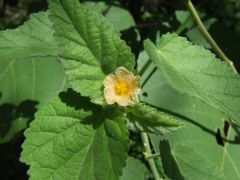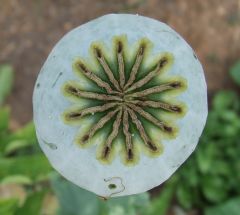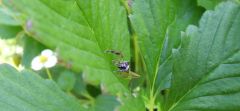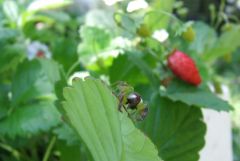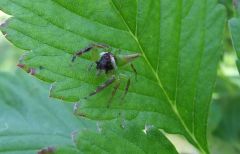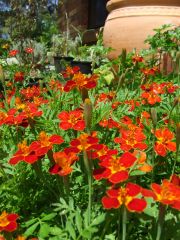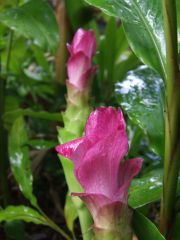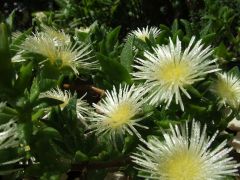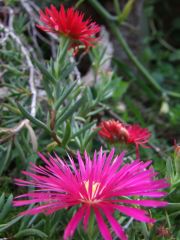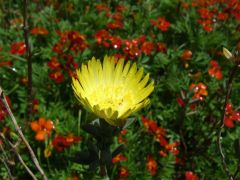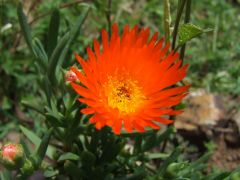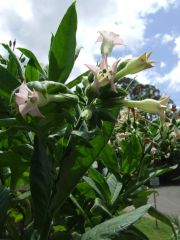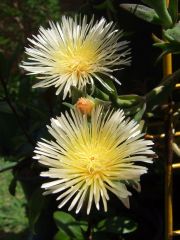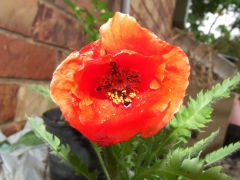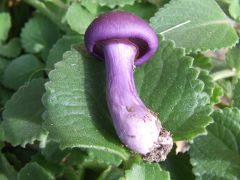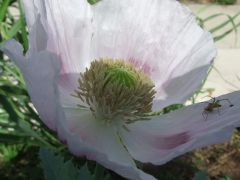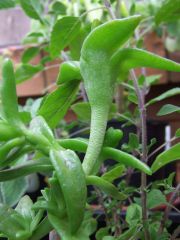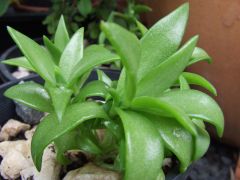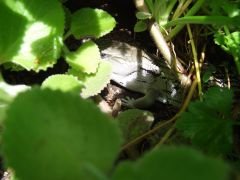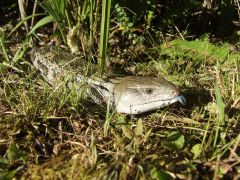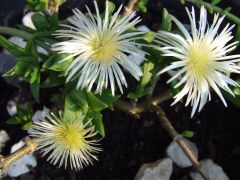-
Posts
424 -
Joined
-
Last visited
-
Days Won
2
Content Type
Profiles
Forums
Events
Blogs
Gallery
Store
Everything posted by Leaves
-
Surprisingly DMAA was found to be naturally present in certain Geranium species. 1,3-DMAA, 1,4-DMAA, and 2-aminoheptane were detected, parts per billion though. Chemical structures - https://www.ncbi.nlm.nih.gov/pmc/articles/PMC3512447/figure/f1-aci-7-2012-059/ https://www.ncbi.nlm.nih.gov/pmc/articles/PMC3682735/
- 2 replies
-
- 1
-

-
- dmaa
- 13 dimethylamylamine
-
(and 3 more)
Tagged with:
-
Seeds can be found inside the whole berries which can be purchased at many health food shops or online. I put some in about 2 weeks ago & haven't noticed any come up yet. The berries I have were pretty fresh, still soft.
-
Looked up the Brauer Calm tablets & it says they are homeopathic meaning they contain cellulose only. No magnesium.
-
I have tried smoking ample Sida cordifolia and drank lots of tea but never noticed even the slightest effect except the seeds make you vomit violently. Also about Heimia has anyone else noticed its toxic effects when smoking it? I have steered well clear of Heimia as a tea since I discovered it makes you terribly ill with muscles aching, very unpleasant. My favourite smoking mix is Sceletium or Delosperma species mixed with Nicotiana rustica (preferably dried seed pods over the leaves). If tropanes are needed then I would choose Duboisia myoporoides as it can enlarge pupils with waking dream feeling without drying out the mouth too much, compared to Brugs that is (not experienced with Datura).
-

Top notch Valerian suppliment
Leaves replied to lofty86's topic in Pharmacology, Chemistry & Medicine
Sounds like Valerian as it is known to affect cars stronger than catnip. Often cats that do not respond to catnip will have a response to Valerian. -

Sceletium, Delosperma & maybe others
Images added to a gallery album owned by Leaves in Member's Gallery
-
From the album: Sceletium, Delosperma & maybe others
Has anyone grown this plant & found any uses for it?? I haven't noticed anything from 1 whole plant. Ground up seeds make you very sick. -
I have heaps of S.cordy seeds, I haven't found any use for the plant yet except the seeds make you feel very sick. Do you want the seeds still? I very much doubt if any ephedrine is present in the plant and if it is, it is in tiny amounts. I think dealers of ephedrine just needed away to off-load their stock when ephedra got banned so they sold it as S.cordifolia extract.
-
-
From the album: Sceletium, Delosperma & maybe others
-
From the album: Sceletium, Delosperma & maybe others
-
From the album: Sceletium, Delosperma & maybe others
-
From the album: Sceletium, Delosperma & maybe others
My mate guarding my wild strawberries -
From the album: Sceletium, Delosperma & maybe others
Great for adding some scent to rustica snuff etc. by using either powdered dried leaves or the way I like to use them is get some very dry snuff & just throw in one or two small fresh leaves & the snuff with suck the goodness out of the leaves within a day. -
From the album: Sceletium, Delosperma & maybe others
Love this tough drought tolerant lush plant. -
From the album: Sceletium, Delosperma & maybe others
Seems to just grow all year round but just slows a bit over winter (opposite of what I was expecting.) -
From the album: Sceletium, Delosperma & maybe others
-
From the album: Sceletium, Delosperma & maybe others
-
From the album: Sceletium, Delosperma & maybe others
-
From the album: Sceletium, Delosperma & maybe others
In her 2nd year now -
From the album: Sceletium, Delosperma & maybe others
Quick growers when monthly cuttings taken. -
Fruity C.chinese (like hab's or trinidad cardi yella) for the gradual whole mouth warming effect. Birds eye types sting the tip of tongue & heat build quick & are excellent if mashed up together fresh & allowed to ferment a bit in a glass jar (till the smell makes you mouth water), adding some old fermented chilli speeds it up heaps. Thinking about smoked poblano's is making my mouth water now. If you haven't tried fermented chilli both smoked & fresh you are in for a treat.
-
-
From the album: Sceletium, Delosperma & maybe others
-
From the album: Sceletium, Delosperma & maybe others

